De: R$ 0,00Por: R$ 147,35ou X de
De: R$ 0,00Por: R$ 147,35ou X de
| Origem | Literatura Estrangeira |
|---|---|
| Quantidade de Páginas | 252 |
| Acabamento | Capa Comum |
| Autores | Ananda K. Coomaraswamy |
| Idioma | Inglês |
| Edição | 0 |
| Selo | Angelico Press Ltd |
 Modelo vivo: 11 olhares
Modelo vivo: 11 olhares
Calêndula
R$ 210,90 ou até 3x sem juros Angular Design Patterns and Best Practices
Angular Design Patterns and Best Practices
Packt Publishing
R$ 323,97 ou até 3x sem juros Mastering Blockchain - Fourth Edition
Mastering Blockchain - Fourth Edition
Packt Publishing
R$ 442,66 ou até 3x sem juros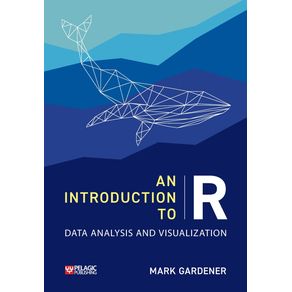 An Introduction to R
An Introduction to R
Pelagic Publishing Ltd
R$ 411,27 ou até 3x sem juros The AI-Powered Product Manager
The AI-Powered Product Manager
Draft2Digital
R$ 162,98 ou até 3x sem juros AutoCAD 2024
AutoCAD 2024
CADArtifex
R$ 265,10 ou até 3x sem juros Understanding Crypto Fundamentals
Understanding Crypto Fundamentals
Springer Nature B.V.
R$ 209,97 ou até 3x sem juros Modern Time Series Forecasting with Python
Modern Time Series Forecasting with Python
Packt Publishing
R$ 453,53 ou até 3x sem juros Raymond Chandlers Marlowe
Raymond Chandlers Marlowe
J.T. Colby & Company, Inc.
R$ 133,32 ou até 2x sem juros Raymond Chandlers Philip Marlowe, The Little Sister
Raymond Chandlers Philip Marlowe, The Little Sister
J.T. Colby & Company, Inc.
R$ 129,48 ou até 2x sem juros Intelligent Automation with IBM Cloud Pak for Business Automation
Intelligent Automation with IBM Cloud Pak for Business Automation
Packt Publishing
R$ 341,88 ou até 3x sem juros Salad Days#1
Salad Days#1
Via Lactea Ltd.
R$ 202,68 ou até 3x sem juros The DevOps Adoption Playbook
The DevOps Adoption Playbook
John Wiley & Sons
R$ 243,86 ou até 3x sem juros Geschichte der Deutschen Musik
Geschichte der Deutschen Musik
Legare Street Press
R$ 210,93 ou até 3x sem juros Domain-Driven Design with Golang
Domain-Driven Design with Golang
Packt Publishing
R$ 300,35 ou até 3x sem juros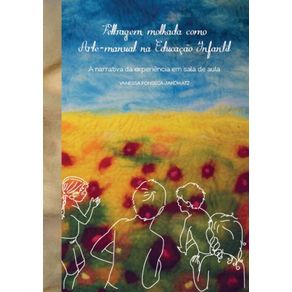 Feltragem molhada como arte-manual na educação infantil:
Feltragem molhada como arte-manual na educação infantil:
Nina Veiga
R$ 50,00 à vista Teoria Musical para Baixistas
Teoria Musical para Baixistas
CapCat Music Publishing
R$ 188,53 ou até 3x sem juros Mastering Blockchain - Fourth Edition
Mastering Blockchain - Fourth Edition
Packt Publishing
R$ 442,66 ou até 3x sem juros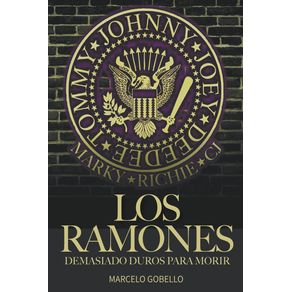 Los Ramones
Los Ramones
Draft2Digital
R$ 193,18 ou até 3x sem juros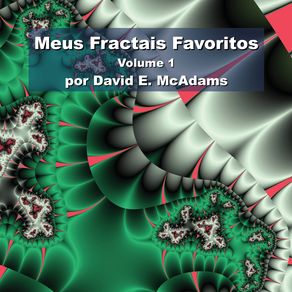 Meus Fractais Favoritos
Meus Fractais Favoritos
Life is a Story Problem LLC
R$ 167,50 ou até 3x sem juros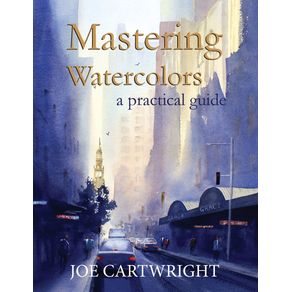 Mastering Watercolors
Mastering Watercolors
Joseph Cartwright
R$ 108,01 ou até 2x sem juros AutoCAD 2024
AutoCAD 2024
CADArtifex
R$ 265,10 ou até 3x sem juros Smart Until Its Dumb
Smart Until Its Dumb
Applied Maths Ltd
R$ 117,01 ou até 2x sem juros Privacy in the Age of Big Data
Privacy in the Age of Big Data
Rowman & Littlefield Publishing Group Inc
R$ 294,58 ou até 3x sem juros Trashman Begins
Trashman Begins
Lulu Press
R$ 65,51 à vista Raymond Chandlers Marlowe
Raymond Chandlers Marlowe
J.T. Colby & Company, Inc.
R$ 133,32 ou até 2x sem juros Raymond Chandlers Philip Marlowe, The Little Sister
Raymond Chandlers Philip Marlowe, The Little Sister
J.T. Colby & Company, Inc.
R$ 129,48 ou até 2x sem juros SolidWorks CAM 2023 Black Book
SolidWorks CAM 2023 Black Book
CADCAMCAE Works
R$ 422,47 ou até 3x sem juros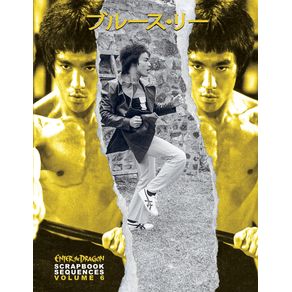 Bruce Lee Enter the Dragon Scrapbook Sequences Vol 6
Bruce Lee Enter the Dragon Scrapbook Sequences Vol 6
Eastern Heroes
R$ 179,16 ou até 3x sem juros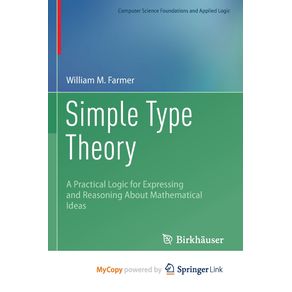 Simple Type Theory
Simple Type Theory
Springer Nature B.V.
R$ 334,77 ou até 3x sem juros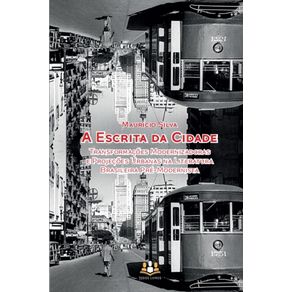 A Escrita da Cidade: Transformações modernizadoras e projeções urbanas na literatura brasileira pré-modernista
A Escrita da Cidade: Transformações modernizadoras e projeções urbanas na literatura brasileira pré-modernista
Todos Livros
R$ 49,90 à vista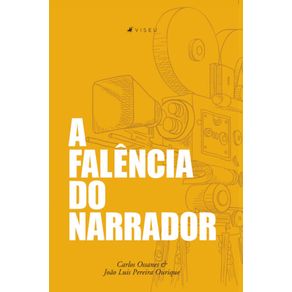 A falência do narrador ou quem está narrando a história?
A falência do narrador ou quem está narrando a história?
Editora Viseu
R$ 43,90 à vista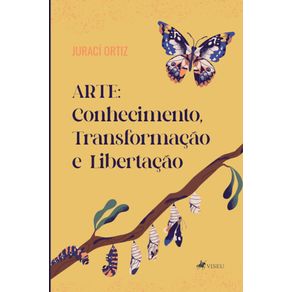 Arte: Conhecimento, Transformação e Libertação
Arte: Conhecimento, Transformação e Libertação
Editora Viseu
R$ 54,90 à vista The AI-Powered Product Manager
The AI-Powered Product Manager
Draft2Digital
R$ 162,98 ou até 3x sem juros Understanding Crypto Fundamentals
Understanding Crypto Fundamentals
Springer Nature B.V.
R$ 209,97 ou até 3x sem juros Privacy in the Age of Big Data
Privacy in the Age of Big Data
Rowman & Littlefield Publishing Group Inc
R$ 294,58 ou até 3x sem juros Trashman Begins
Trashman Begins
Lulu Press
R$ 65,51 à vista An Enchanting World
An Enchanting World
Julia Spiri
R$ 81,33 à vista Raymond Chandlers Philip Marlowe, The Little Sister
Raymond Chandlers Philip Marlowe, The Little Sister
J.T. Colby & Company, Inc.
R$ 129,48 ou até 2x sem juros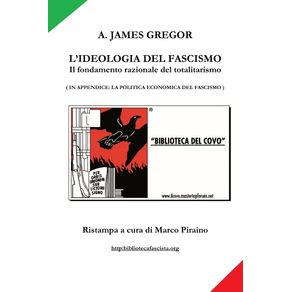 LIDEOLOGIA DEL FASCISMO - il fondamento razionale del totalitarismo
LIDEOLOGIA DEL FASCISMO - il fondamento razionale del totalitarismo
Lulu Press
R$ 367,88 ou até 3x sem juros SolidWorks CAM 2023 Black Book
SolidWorks CAM 2023 Black Book
CADCAMCAE Works
R$ 422,47 ou até 3x sem juros The DevOps Adoption Playbook
The DevOps Adoption Playbook
John Wiley & Sons
R$ 243,86 ou até 3x sem juros Geschichte der Deutschen Musik
Geschichte der Deutschen Musik
Legare Street Press
R$ 210,93 ou até 3x sem juros Agile Model-Based Systems Engineering Cookbook - Second Edition
Agile Model-Based Systems Engineering Cookbook - Second Edition
Packt Publishing
R$ 555,52 ou até 3x sem juros Domain-Driven Design with Golang
Domain-Driven Design with Golang
Packt Publishing
R$ 300,35 ou até 3x sem juros